Brown Brick Slips
Browse our range of brown brick slips, suitable for internal or external use- in fireplaces, kitchens, bathrooms, feature walls, to clad just an outdoor kitchen, extension or an entire building.
Earthy, Organic tones
Brown Brick Slips
As a variation from classic red bricks, brown hues are a beautiful addition to any space, making effortless character.
Browse our range of brown brick slips below across all styles- reclaimed, traditional and contemporary.
All of our prices include VAT
-

 Quick View
Blend 1 £80.00 / m2
Quick View
Blend 1 £80.00 / m2 -

 Quick View
Blend 32 £75.00 / m2
Quick View
Blend 32 £75.00 / m2 -

 Quick View
Blend 71 £70.00 / m2
Quick View
Blend 71 £70.00 / m2
Shop by Collection
Browse our collections to find the perfect blend for your space.
Brown Brick Slips
What Makes Brick Slips Brown?
The simple answer is that it's based on the clay bricks produced not only in the UK, but across Europe. The classic variation of brick historically has been predominantly orange, red and brown shades.
Bricks are mostly a reddish colour due to the clay they are fired from - if you consider the colour of a clay it would be close to brown. As bricks are made by firing the clay in a kiln, this causes reactions from the minerals in the clay naturally, as well as from anything that has been purposely added to create the colour overall, or a pattern within the brick. The key mineral in brown bricks is common in clay - iron oxide, this is what gives it a red colouring when it reacts in the heat, but the content can mean it's more of a lighter shade towards orange, or indeed the darker to create a brown.
The firing temperature is another factor that impacts the colour - a higher temperature of around 1,500 degrees Celsius will help the clay fire to a nice earthy brown, lower temperatures around 1,000 degrees will help create more of an orange colouring.
As we've come to understand more about firing bricks across the last century, we are able to manipulate the mineral content, firing length and temperature to get specific outcomes in colour, pattern and texture. However, brick is still crafted from natural clay so natural variation is always present.
How Are They Made?
Our range of brown brick slips are cut from full bricks. This means that a 'stock brick' i.e one pushed into a cuboid mould will have the character, specifically creasing and imperfect cuboid shape, created by that amount of clay being pressed. Once the brick is fired we can then cut each side off the brick to create 2 brick slips.
Our reclaimed collection has extra processes applied after the brick is made (but before cutting). They go through a tumbling process (like a big cement mixer) to not only misshape the bricks, but with application of slurries for some blends to create a more weathered look. After this process they can then be cut into the brick slips.
How Are They Different From Each Other?
The temperature of firing, oxygen levels, length of firing and type/quantity of minerals present mean that there is a variation in colour between each blend, and the slips within each blend too. Each brick type is made to satisfy a different colour palette.
Our blend 71 also has an additive on the face which creates a whitening with moisture. The brown brick slip begins to whiten as it takes on moisture and dries out, this gives an extra level of variation.
Things To Be Aware of With Brown Brick Slips
As a classic brick colour, brown is pretty flexible in terms of it's use, so there isn't a lot to be concerned about. It usually goes well with all 3 of our mortar colours and works well with different bond patterns and mortar profiles too.
You may need to bear in mind that as our brick slips are cut with a wet saw, your slips may well arrive looking darker than you anticipate, and potentially more uniform- this will resolve as they dry out and has no impact on installation.
See below the effect that the different mortar colours can have on our brown brick slips.

Classic Pairing
Paired with Grey Mortar
Grey Mortar is the classic colour, with grey cement being the most common colour. This combination gives a classic look, as they grey doesn't outshine the brick slips themselves, just lets them take the focus.

Colour combination
With Cream Mortar
Cream mortar brings an extra little colour to the final effect. Still quite subtle, it helps lighten the brown whilst bringing it's own palette in and changing the overall look.

Lighten it up
With White Mortar
White mortar works beautifully when there is white on the brick faces, but can be a little stark against the earthy brown brick tones of other blends.










